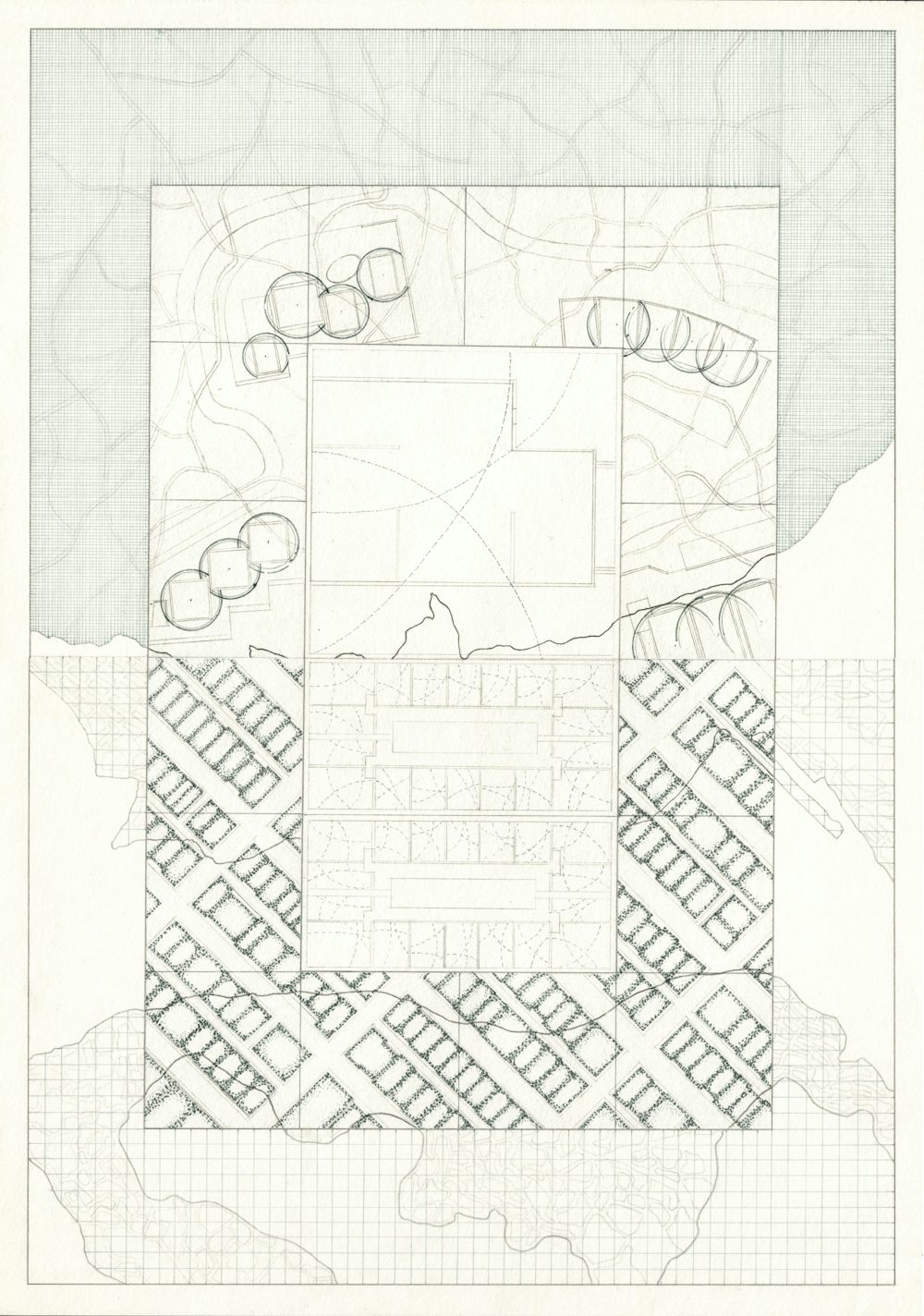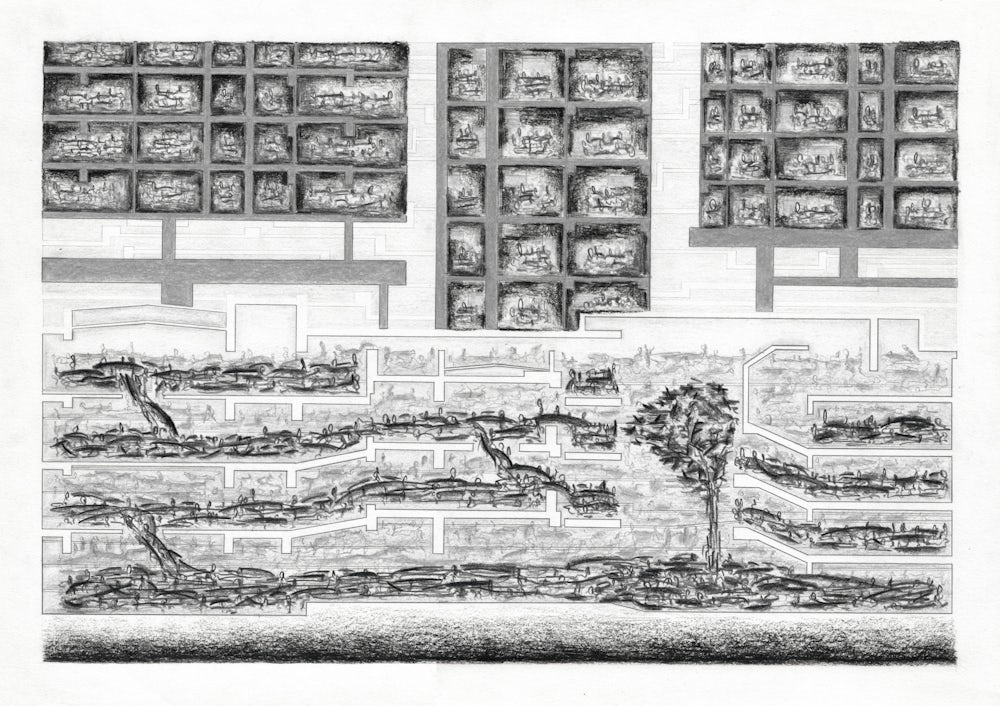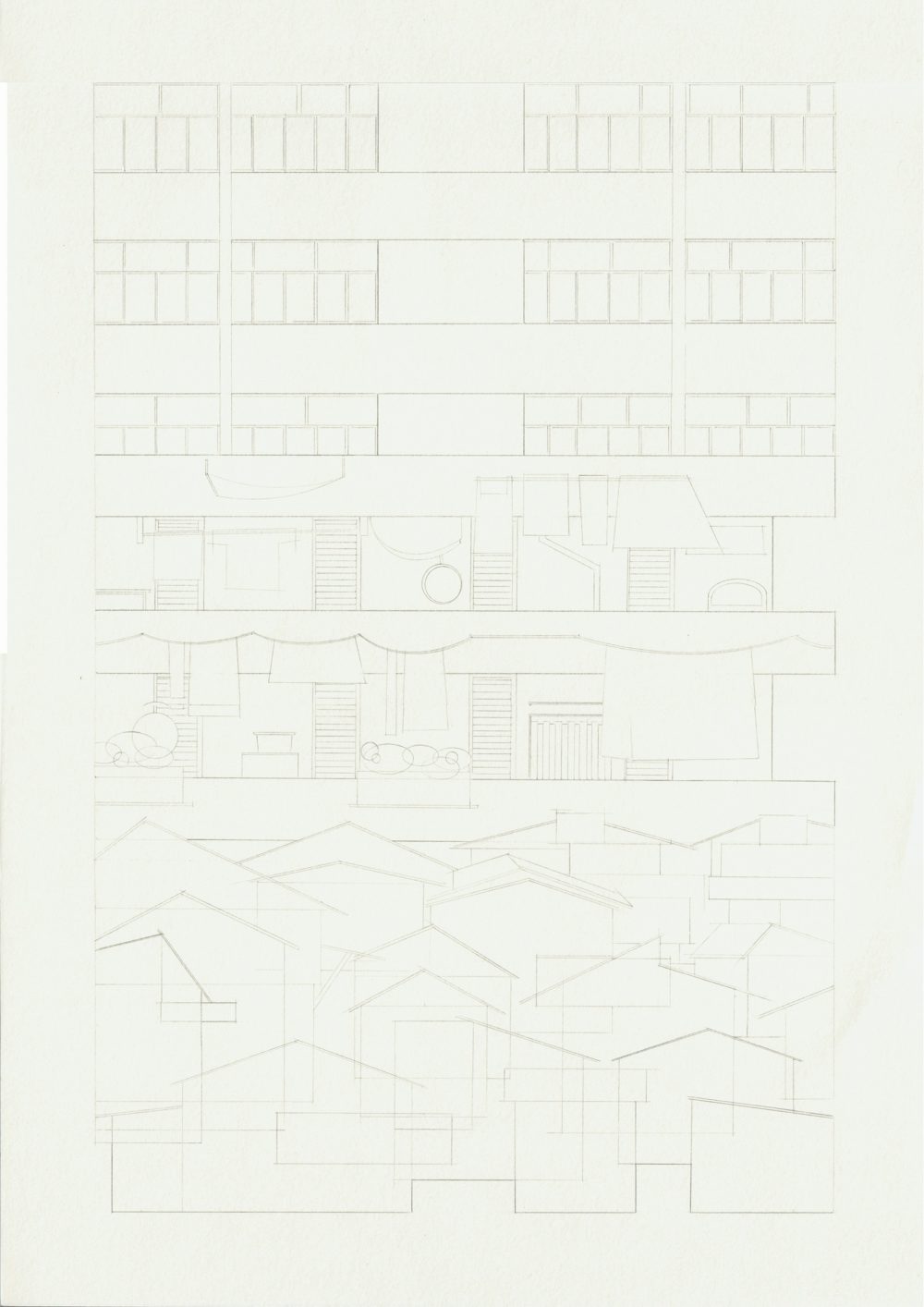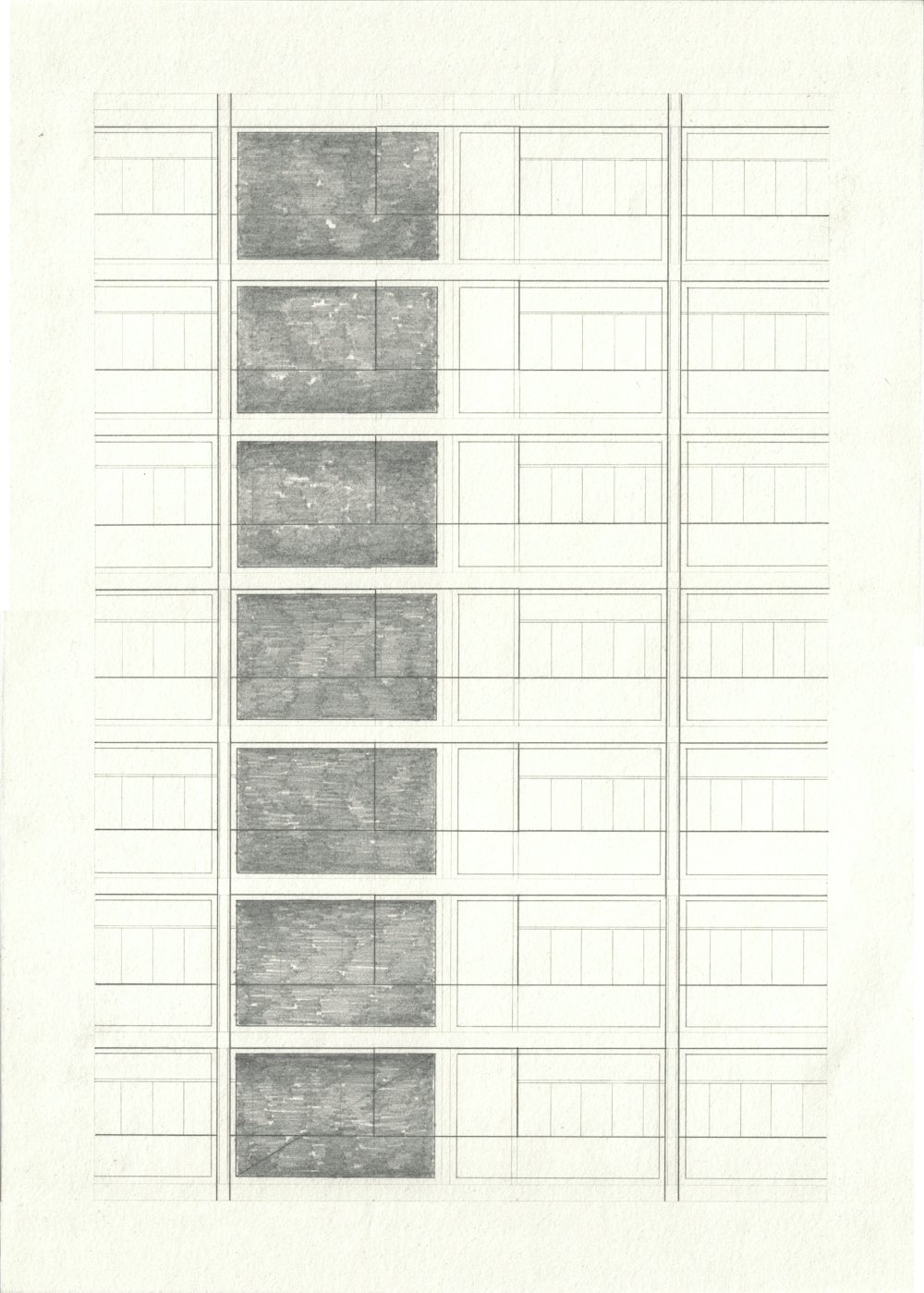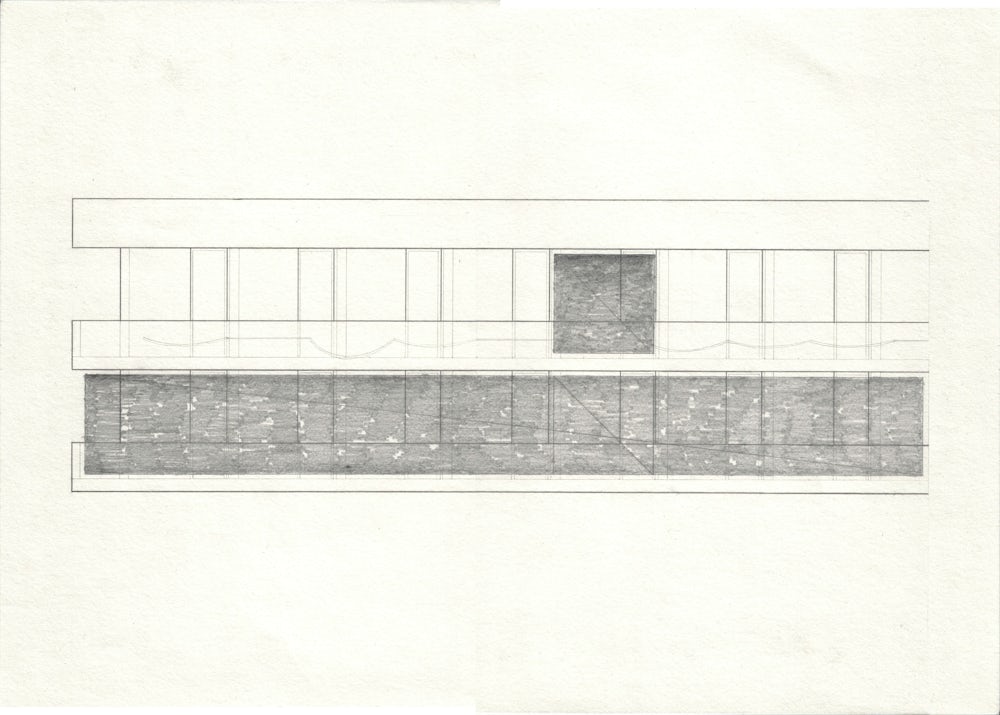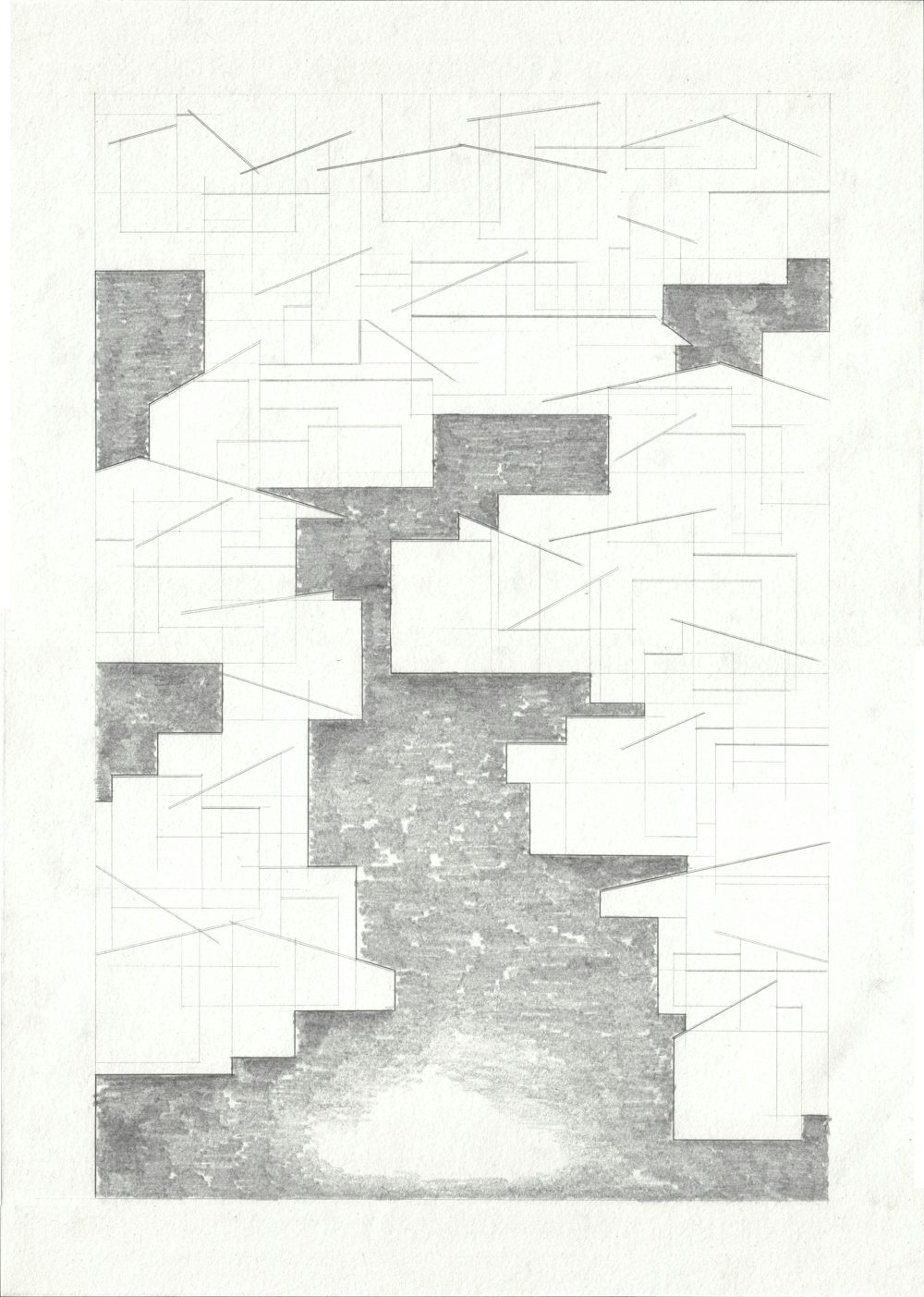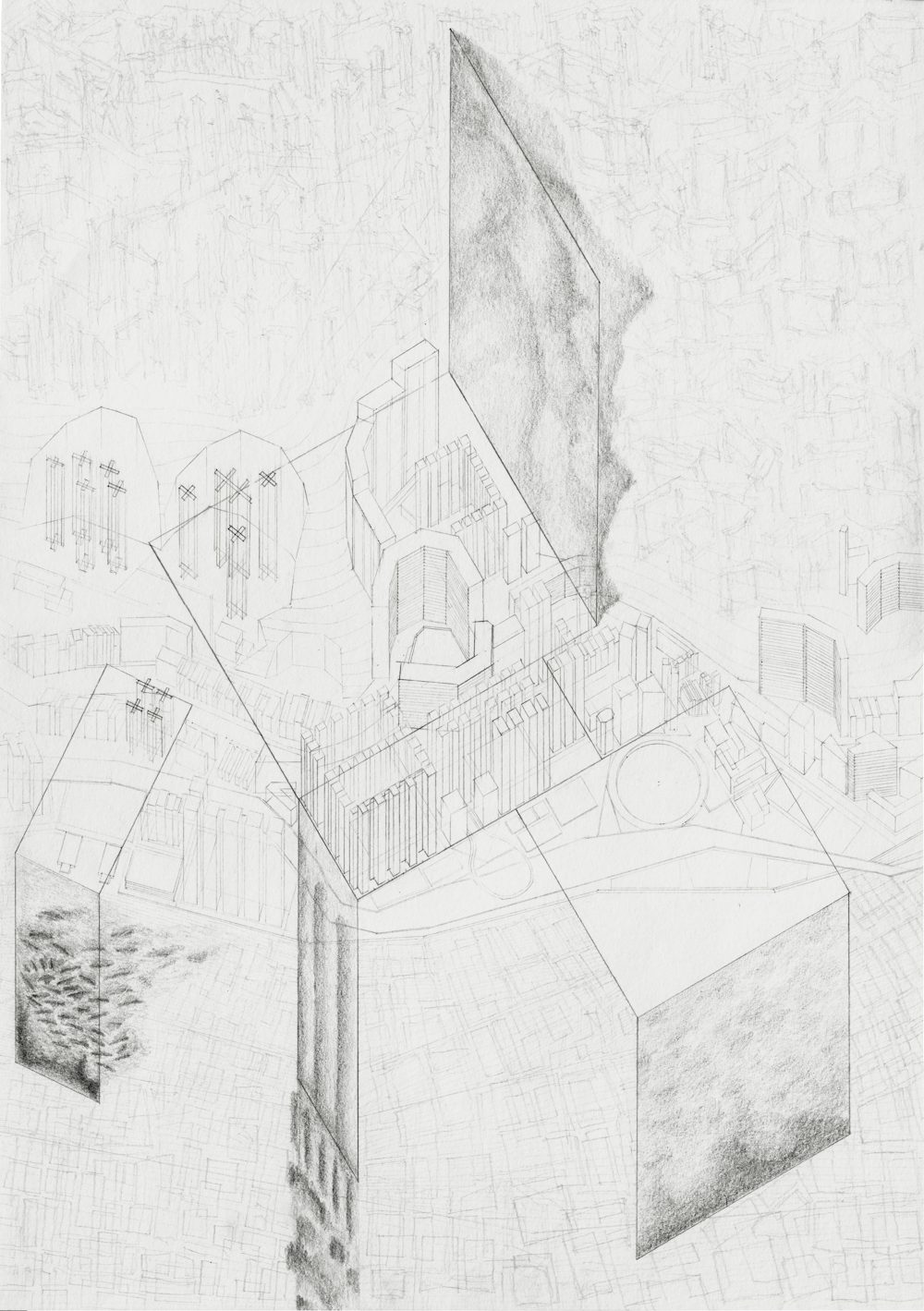Hei Yin, Lee
"The Contents of Architecture"
Keywords: architecture, memory, domestic space, urbanism
Architecture is the most readily seen and visible form of manifestation of the city, yet the structural examination of this form of spent material could reveal only so little of the invisible forces that are contributing to the urban condition. The act of compiling lies within the intersection of architecture and everything that it is entangled with and most passively appropriated by. These intersections would be formulated by the various processes of drawing - an equally aggregated instrument that has become a register to more than just materials - but rather things as intangible as subjectivity, autonomy and temporality.
In order to truly reveal these forces that actuate this city, architecture will become the media; architecture that is power-less, merely enabled and enabling. I examine architecture being diminished and relegated as a commodity inherited by the monopolising and exploitative urban terraformers; architecture as a backcloth to propagate collective memory and periodic rituals; architecture as simultaneously a concealment and token for the polarising social actors that breed and refute conflicts. Consequently, the intangible and multifaceted image of the city will be re-formulated not merely by architecture alone in its physical and mental realms, but by interrelating everything that compiles upon it.
In the project, I focus on the five typological approaches to residential architecture that will serve as the instigation to inspect the city of Hong Kong. Living accommodation is undeniably the most intimate and resolute form of creation humans ever reside in. That is also where complexity grows and ambiguity emerges through its appropriation by the socio-political environment that man institutes. I will see, but also un-see the well-established gender that is tagged only with density, hyper-verticality, and the archetypology of mass - in itself a totalising and presupposing mirage that the architecture of city portrays physically and visually.
As a method, I utilise drawing as a tool that inherits in itself the multiplicity of agendas that had evolved through the minds of humans - the subject a political animal - from the material act of translation towards the critical act of process. The means of drawing is chosen because it has, in as much as architecture, been mobilised from a matter of pure intention to, without altering its functions, an instrument reflecting upon intricate and bespoke human conditions. Drawing is the way of observing, experiencing then responding directly to substances visible and invisible, past and present, private and public - the qualities of the city as a human-made object. The degree of ductility in drawing is the projection of vital human appropriation also manifested in architecture and the methods of tracing that compose each drawing will be intrinsic to the urban conditions. The goal is to reveal the many intangible forces that compel the city, through examining and expressing with both mediums that so pertinently exhibit the human factor as the urban condition's main drive.

